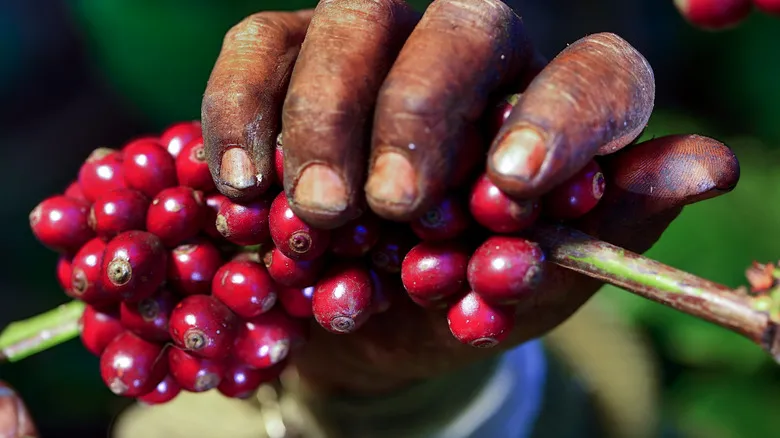For a smooth brew, try Arabica
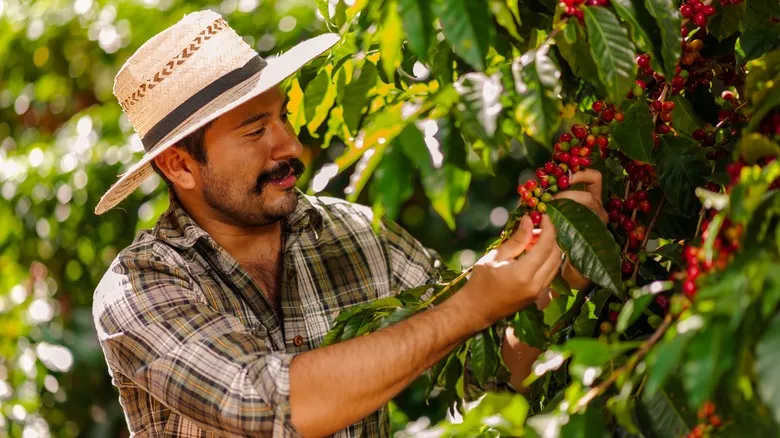
Originating in the highlands of Ethiopia, Arabica coffee got its name when it made its way from Africa across the Red Sea to be cultivated in the Arabian Peninsula during the 7th century. The Coffea arabica plant is quite delicate and thrives in cooler climates, particularly in mountainous regions that mirror its Ethiopian roots. Although growing Coffea arabica requires more effort compared to the hardier Coffea canephora, which produces robusta beans, farmers who cultivate arabica are rewarded with beans that are widely considered to have a smoother flavor profile.
The flavor of Arabica coffee is notably varied and can change based on the specific cultivar and the terroir. Some batches exhibit mellow and sweet notes, while others may present sharper, more acidic flavors. However, most coffee connoisseurs agree that high-quality arabica consistently features a distinct acidity on the palate, accompanied by a subtle bitter aftertaste. Additionally, arabica is renowned for its delightful aroma when roasted, often described as fruity and floral.
Due to its mild flavor profile, brews made from arabica beans are typically smooth and enjoyable. This characteristic helps explain why Arabica, despite being more difficult to grow and often more expensive, continues to be a favorite worldwide.
Robusta for a robust cuppa
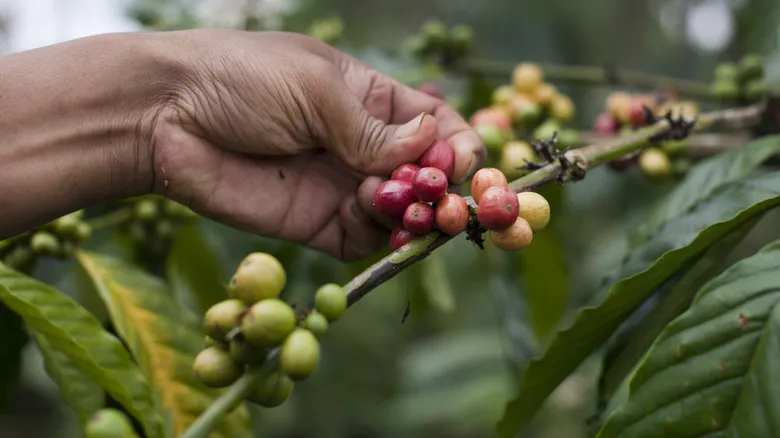
Robusta coffee's standout feature is right in its name: a strong brew perfect for those days when you need an extra boost of caffeine. Hailing from central and western Africa, Robusta beans are popular for their ability to flourish at lower altitudes and their resilience compared to Arabica, which helps lower cultivation costs and contributes to robusta's generally lower price.
The most notable flavor trait of robusta is its bitterness, which can be quite intense for first-time drinkers who prefer it black. This bitterness stems from robusta's significantly higher caffeine levels, nearly double that of arabica. While the flavor profiles of robusta can vary, they often feature notes reminiscent of oatmeal or dark chocolate. If you've ever enjoyed a particularly energizing coffee drink, like Vietnamese iced coffee, and found it exceptionally strong, it was likely made with robusta beans.
When comparing arabica and robusta, it's clear that each has its distinct characteristics and appeal. Arabica provides smooth, intricate flavors for those who appreciate a more nuanced coffee experience, while robusta's boldness caters to those seeking a stronger cup. Unfortunately, robusta's intensity can deter many drinkers who find its potency off-putting, leading to its reputation as the "inferior" bean. However, when sourced well and brewed correctly, both types of coffee can have a place in your pantry, ready to be enjoyed based on your mood and the time of day!
Recommended

What Are Red Eye And Black Eye Coffee Orders?
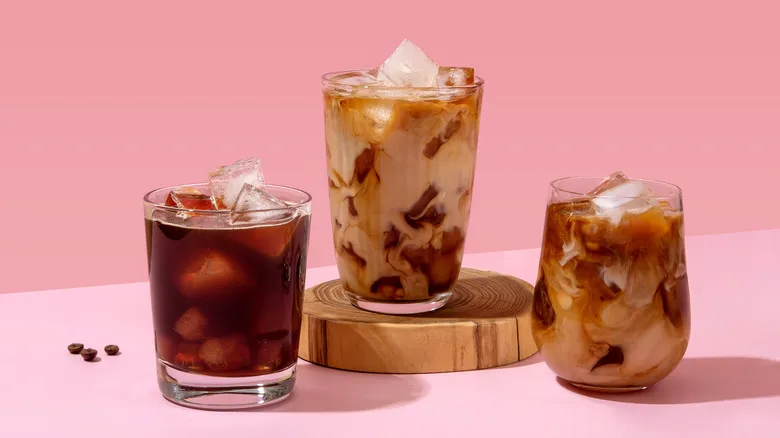
Cold Brew Vs. Iced Coffee: Which Is Stronger?
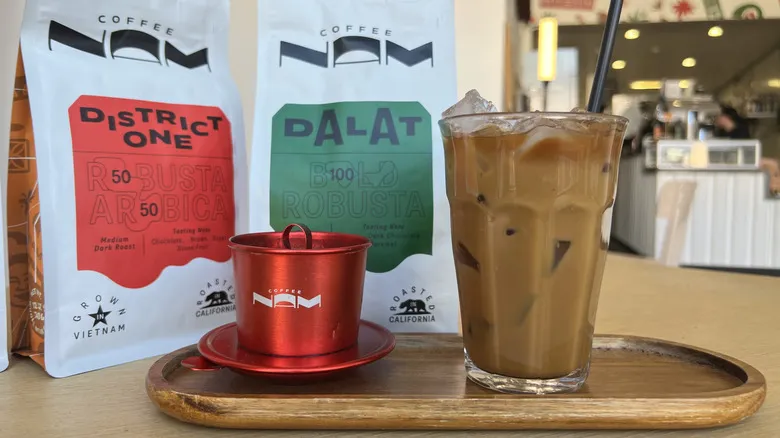
How To Make Vietnamese Coffee At Home
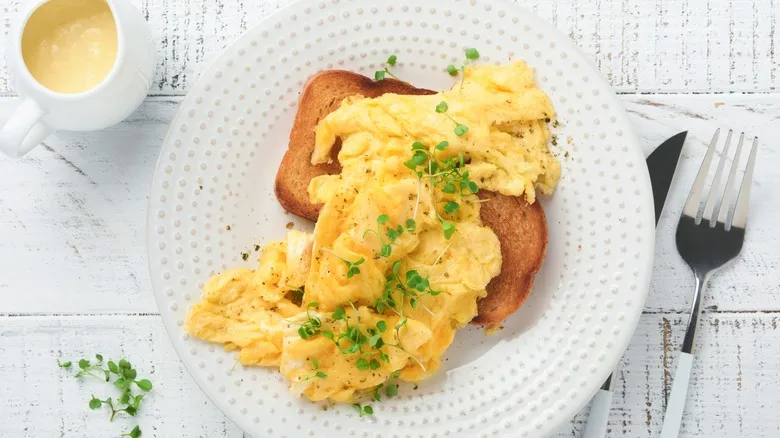
Coffee Milk Frothers Are Key To Top-Notch Scrambled Eggs
Next up

